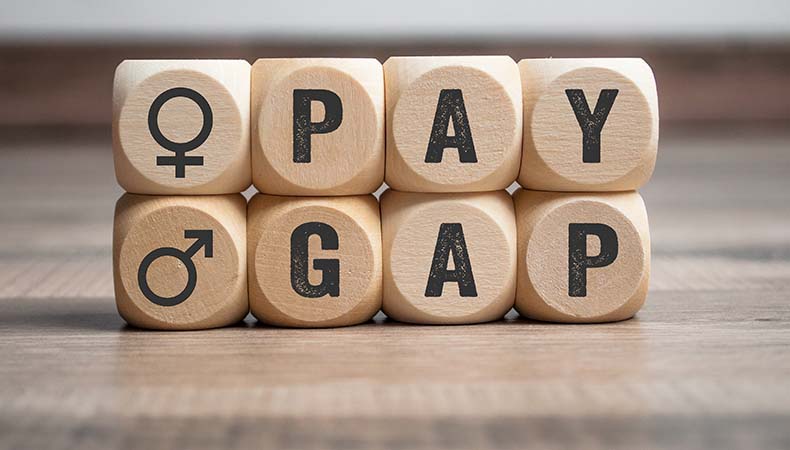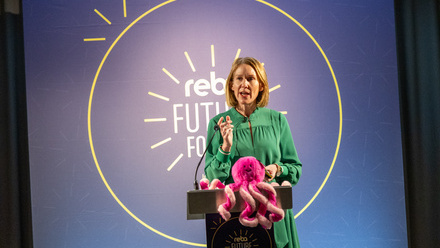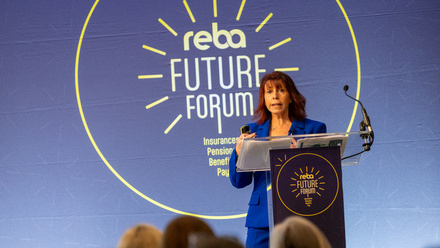Why gender pay equity remains a distant dream for UK women
While the figures from 2024 showed that both the median and mean gender pay gaps were at their lowest since records began (9.3% and 11.8% respectively), progress over the past seven years has been painfully slow.
In fact, if it continues at a similar pace, women in their forties and fifties are unlikely to see gender pay equity in their working lifetime.
Another key takeaway is that the gender pay gap for full-time employees worsens with age.
While the gender pay gap in 2024 for those aged 30 to 39 stood at 4.4%, for employees aged 40 to 49, it was more than double that, at 9.1%.
And while the gender pay gap decreased across most age groups between 2023 and 2024, for those aged 50 to 59 it increased from 11.1% to 12.1%.
Disparity grows
The gender pay gap for full-time employees aged 60 and over is currently the largest of all age groups, at 13.5% – the older the generation, the more the gender pay disparity grows.
In a statement to the House of Commons to mark International Women’s Day, Liberal Democrat MP for North East Hampshire, Alex Brewer, said that women continue to be economically disadvantaged in the workplace.
“Among full-time employees aged 40 and over, the gap widens considerably due to the motherhood penalty,” said Brewer.
“That is not a fact that we should accept. Women deserve better from their workplaces and from the societal structures that enable that to continue.”
Women and equalities minister Bridget Phillipson said that she wanted every young woman to have the best start in life and an opportunity to succeed.
“Women should not be held back at work by the caring responsibilities that disproportionately affect them, or insecurity after pregnancy or maternity,” she said.
“That’s why we’re tackling the gender pay gap with better protections at work and more free childcare, to get more money in women’s pockets and drive up household income.”
Juggling adult and child care
Considering the marked increase in the gender pay gap for older women, though, it may well be that the government’s focus should be on offering support for women juggling work with adult care rather than childcare.
The UK workforce now looks after more adult dependants than child dependants. Data also suggests that as more women are appointed to senior roles, they are less likely to have children, so the demand for childcare as part of a benefits package is likely to fall.
It's likely, however, that these women will still have adult caregiving responsibilities, whether that's for a partner or parent.
Women are four times more likely than men to have to quit or reduce their working hours due to caregiving responsibilities and this disparity contributes to wider issues of gender equality in the workplace.
Unless businesses recognise how caregiving responsibilities disproportionately affect female workers, closing the gender pay gap will remain an unattainable dream.
Supplied by REBA Associate Member, KareHero
The #1 adult caregiving support service. Helping employees understand, find and fund their care journey.








